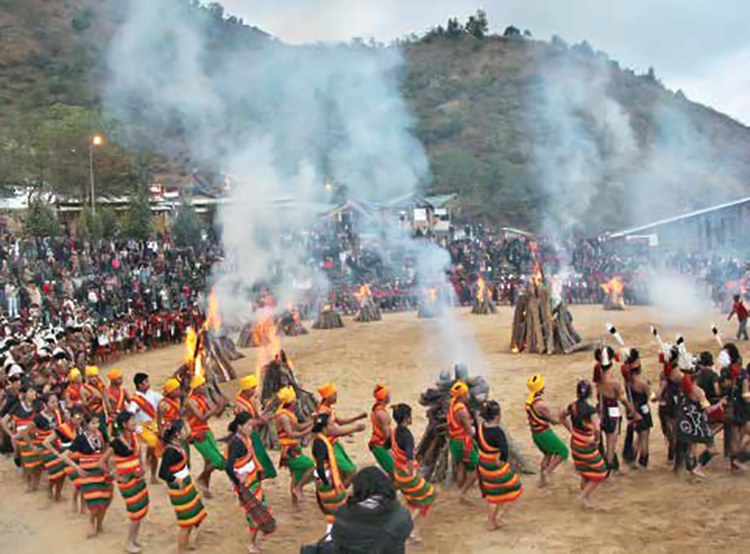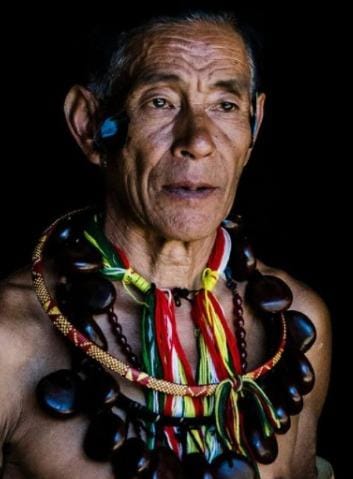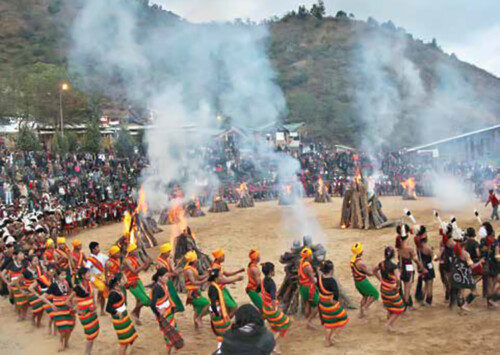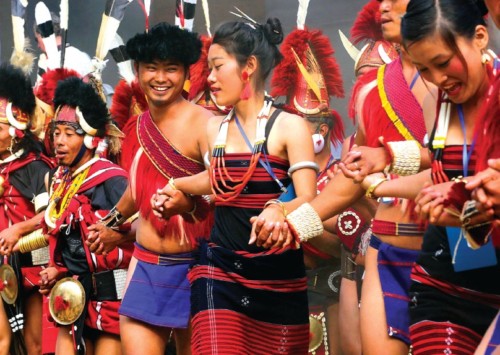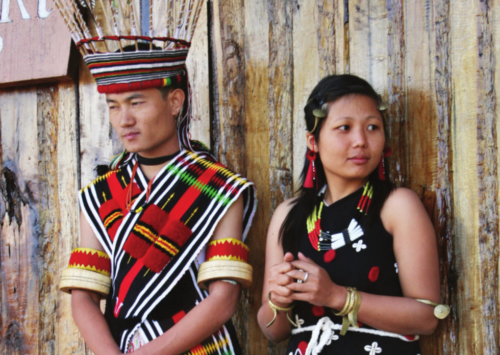Hornbill Festival: A goldmine of Nagaland’s culture
Attracting tourists from across the globe like bees to a honeypot, the Hornbill Festival, celebrated during the first 10 days in the chilly month of December is commonly referred to in Nagaland as the “festival of all festivals” and for all the right reasons.
An absolute feast for the eyes, the 19th edition of the Hornbill festival in 2019 attracted more than 250,000 visitors making it a blockbuster event. The festival is organised by the Nagaland government in an attempt to encourage inter-tribal interactions. However, due to Covid-19 pandemic, the festival had been reduced to a virtual edition last year, in December 2020.
This year, the government has given the go-ahead for bringing the physical version of the festival back, to much delight of the locals as well as tourists.
Named after the brightly coloured bird, Hornbill, which is depicted in the folklore of most of the Naga tribes and hence is the State Bird of Nagaland, the festival is a celebration of the brave warriors of 16 tribes that make up bulk of the population of Nagaland, eulogised in their rich culture.
Loaded with a riot of colours and costumes, the festival takes place each year at the Naga Heritage village of Kisama, about 10 km from the capital, Kohima, making it easily accessible for tourists.
A visual treat, the festival showcases the traditions of various Naga tribes through splendid performances of music and dance under one roof and has become a symbol for the ethnic and cultural diversity of the entire northeastern region.
On the occasion, the Nagas also display their handicraft work like beaded jewellery which makes use of beads, wood, silver, brass, ivory and sometimes animal bone. Tourists can also get to see exquisite Naga shawls that they can buy as a souvenir. Different shawls have different patterns which depict the tribe that the artisans come from as well as their social status.
On the occasion, the Nagas also display their handicraft work like beaded jewellery which makes use of beads, wood, silver, brass, ivory and sometimes animal bone. Tourists can also get to see exquisite Naga shawls that they can buy as a souvenir. Different shawls have different patterns which depict the tribe that the artisans come from as well as their social status.
To bring out the competitive spirit among the tribes, many sports, crafts, dance, fashion shows, beauty competitions are also organised. Tourists are often seen getting an eyeful of traditional archery, Naga wrestling and other indigenous games as well as athletic sports.
Since English is the official language of the state and as western music has deep influence on Nagaland, a rock music competition called the Great Hornbill Rock is also held and is one of the main highlights of the festival. The rock competition witnesses the participation of various rock bands from across the country as well as presenting some of the most popular musicians in the region.
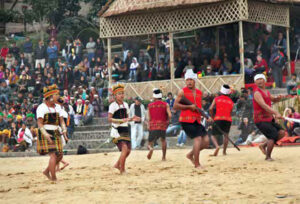
The festival showcases the traditions of various Naga tribes through splendid performances of music and dance (MIG photos)
“It is always exciting to perform with my band at the Hornbill Festival because the crowd is amazing and the competition is always very high. I am really looking forward to performing again this year,” says Victor D’Souza, a lead vocalist who is a member of the rock band, zEnTa and who performed at the festival in 2006 and 2014.
Food & drinks at the Hornbill Festival
Besides dance, music, and handicrafts, the festival also offers an introduction to the wide variety of delicacies that traditional Naga food offers, including chicken with bamboo shoots, pork delicacies, brown rice, various rice cakes, beef pickles, and a variety of non-vegetarian chutneys and pickles.
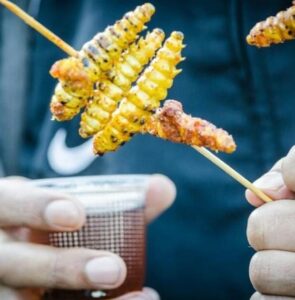
Silk worm larvae, a traditional delicacy from the region (Photo Credits/ Prasad NP/ @desitraveler Instagram)
For vegetarians, an array of local produce is arranged at Hortispace which is opposite to the main festival venue. Fresh fruits like tomatoes, pineapples, oranges, carrots and oranges are sold in hefty amounts.
“Initially, it was difficult for me to find vegetarian food but when I found it, it was heavenly. Pineapple is anyway a juicy fruit but I have never had any fruit as juicy as the pineapple at Hornbill. Must try for everyone,” Ragini Srivastava, a 28-year-old banker from New Delhi, who visited the festival in 2017 tells Media India Group.
While alcohol is banned in the state, the festival endorses a collection of local rice beer that is available at a relatively cheap price.
The return of Hornbill festivities in 2021
While the exact guidelines of the festival are not yet out, tourists planning to participate in the festival must be fully vaccinated in order to enter the state.
Reaching the state capital Kohima or the popular city of Dimapur is an easy deal, however, all Indians visiting Nagaland require an Inner Line Permit (ILP) to enter Nagaland. The permits can be received from the Office of Deputy Resident Commissioner at New Delhi, Kolkata, Guwahati, and Shillong.
Foreigners are not required to possess any entry permits to visit the North-Eastern state of Nagaland although, they do have to register themselves with the Foreigner’s Registration Office (District Superintendent of Police) within 24 hours of their entry into the state.
While many tourists prefer to stay at the rather expensive hotels in Kohima during the peak season, others choose to gather an authentic experience by staying at the camps around Kisama or vacationing at the guesthouses or homestays in the village.

